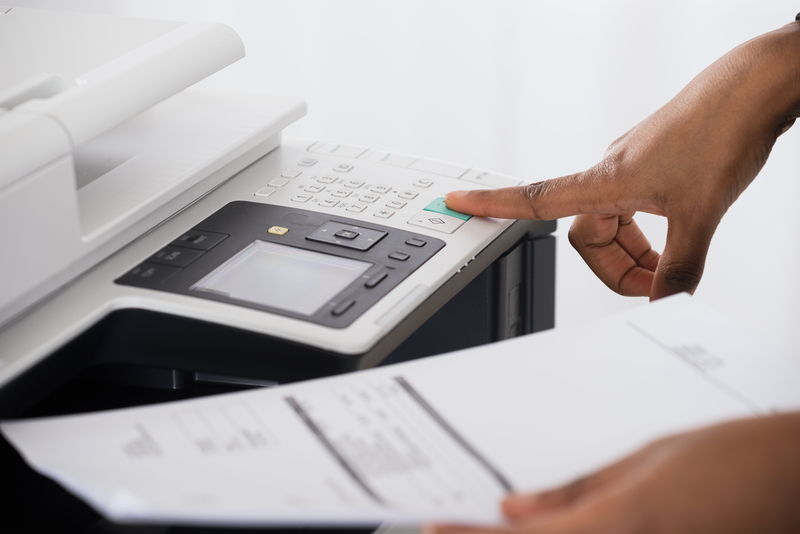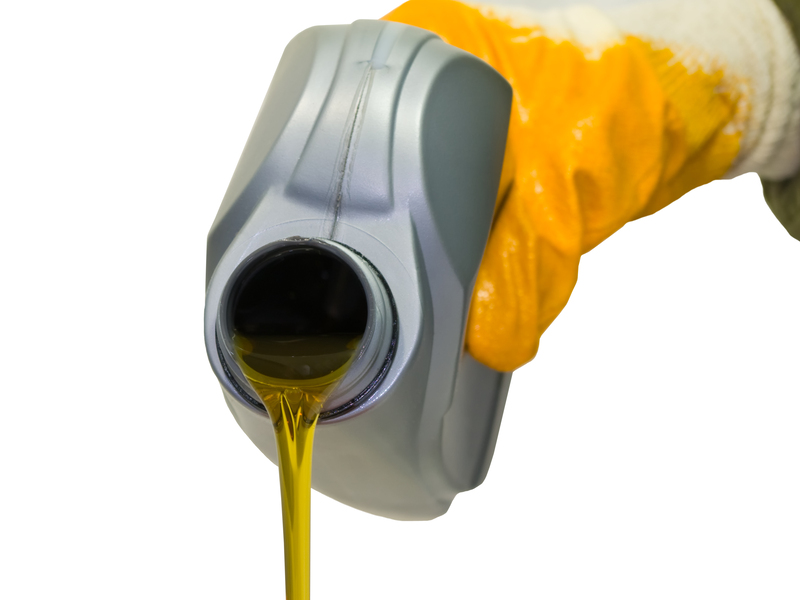The Dos and Don'ts of Throwing Away PPE Waste Responsibly
Personal Protective Equipment (PPE) has become an essential part of our daily lives, especially during global health crises such as the COVID-19 pandemic. From face masks and gloves to gowns and face shields, these items keep us safe by preventing the spread of infections. However, with their widespread use comes another challenge: the proper disposal of PPE waste. Improperly discarded PPE poses risks not only to human health but also to the environment.
In this comprehensive guide, we'll explore the dos and don'ts of disposing of PPE waste responsibly. By following these practices, you'll help protect both public health and the planet.
Why Is Responsible PPE Waste Disposal Important?
The responsible disposal of PPE waste is crucial for several reasons:
- Prevents the spread of diseases and infections
- Reduces environmental pollution
- Protects sanitation workers
- Prevents wildlife from ingesting or getting entangled in PPE
- Ensures compliance with local waste management regulations
Failure to discard used masks, gloves, gowns, and other gear properly can contaminate recycling streams, harm ecosystems, and even contribute to the propagation of pathogens.

Types of PPE Waste
Before diving into the dos and don'ts of PPE disposal, it's important to understand the various types of PPE and their disposal requirements:
- Disposable Face Masks: Typically made of non-woven fabric and plastic.
- Reusable Cloth Masks: Can be washed and reused.
- Nitrile or Latex Gloves: Common in healthcare and food service sectors.
- Face Shields and Goggles: Made from plastics, often reusable if disinfected.
- Gowns and Aprons: Used in medical and laboratory environments.
- Shoe Covers, Head Covers, and Other Accessories
The Dos of Responsible PPE Waste Disposal
1. Know Your Local Regulations
Do familiarize yourself with local guidelines about medical and hazardous waste. Some regions consider used PPE to be hazardous waste (biohazard), while others treat it as general waste unless visibly contaminated.
2. Bag It Correctly
Do place used PPE in a secure, lined trash bag. This helps contain potential contaminants and protects sanitation workers from direct contact.
- Use a strong, leak-proof bag.
- Double-bag if the PPE is visibly soiled or was used in high-risk environments (e.g., hospitals).
3. Dispose of PPE in the Correct Bin
Do throw disposable masks and gloves into the general waste bin unless your region has dedicated PPE collection points. Do not dispose of disposable PPE in recycling bins.
4. Wash Your Hands After Handling Used PPE
Do thoroughly wash your hands with soap and water, or use hand sanitizer, immediately after handling PPE waste. This is a critical step in preventing contamination.
5. Consider Reusable Alternatives When Appropriate
Do use washable, reusable masks and PPE whenever possible. This minimizes the amount of single-use PPE entering the waste stream.
- Regularly sanitize reusable PPE according to manufacturer instructions to ensure safety.
6. Educate Others on Proper Disposal
Do inform family members, colleagues, and your community about the importance of proper PPE waste disposal. Raising awareness reduces the risk of improper disposal in public spaces.
7. Support PPE Recycling Initiatives
Do participate in specialized PPE recycling programs if they are available in your area. Some companies and organizations offer recycling options for certain types of PPE, such as masks and face shields.
8. Use Proper Disposal at Workplaces
Do follow your workplace's protocols for PPE waste management. Hospitals, laboratories, and industrial facilities often have dedicated containers or collection services for contaminated PPE.
9. Keep Litter off the Streets
Do carry a small waste bag if you need to change or remove PPE in public, and dispose of it in a designated trash bin when possible. Never leave masks, gloves, or other PPE items on sidewalks or in parks.
10. Secure Waste Before Collection
Do ensure that PPE waste bags are tied securely before placing them outside for collection. This prevents accidental exposure or spillages during garbage collection.
The Don'ts of PPE Waste Management
1. Don't Recycle Single-Use Masks and Gloves
Do not place used masks, gloves, or other single-use PPE in recycling bins. These items cannot be recycled through conventional recycling systems and can contaminate otherwise recyclable materials.
2. Don't Flush PPE Down the Toilet
Never flush masks, gloves, or wipes down the toilet. This can cause blockages in sewage systems and worsen environmental pollution by introducing plastic fibers into waterways.
3. Don't Litter PPE in Public Places
Leaving PPE on the ground is not only unsightly but also puts sanitation workers and the public at risk. Littered PPE can be picked up by animals or blown into water bodies, leading to further pollution.
4. Don't Mix PPE Waste with Recyclables or Compost
Don't mix PPE waste with paper, cardboard, plastics, or organic waste. PPE is not biodegradable, and mixing it with compost or recyclables contaminates the entire batch, rendering it unfit for processing.
5. Don't Reuse Single-Use PPE
Do not attempt to wash or sanitize single-use PPE like disposable masks and gloves for reuse. These are designed for one-time use only and may be ineffective or even dangerous if reused.
6. Don't Ignore Signs of Contamination
If you know or suspect that your PPE is contaminated (e.g., after treating someone with an infectious disease), don't dispose of it with household waste. Check if your area requires you to use designated medical waste bins or services.
7. Don't Forget About Wildlife Protection
Don't assume that PPE waste goes unnoticed in the environment. Animals may get entangled in the ear loops of masks or ingest gloves, with fatal consequences. Always snip the ear loops before disposal to minimize harm to wildlife.
8. Don't Leave Bags Partially Open
Don't leave PPE waste bags untied or loosely sealed. This increases the risk of exposure or accidental littering and puts waste handlers at risk.
9. Don't Use Public Recycling Points for PPE
Don't drop PPE into recycling bins intended for bottles, paper, or aluminum. These bins are not designed to safely manage potentially contaminated materials.
10. Don't Put PPE in Garden Waste
PPE waste should never go into yard trimmings or compostable collections--even if materials claim to be biodegradable. Most disposable PPE contains plastics or chemicals not suitable for composting.
What Happens When PPE Is Disposed of Improperly?
Improper PPE waste management has multiple negative environmental and health impacts:
- Environmental Pollution: Single-use PPE items are often made of plastics that take hundreds of years to break down. Improper disposal contributes to plastic pollution in landfills and natural environments.
- Waterway Contamination: Masks and gloves washed into rivers or seas can threaten aquatic wildlife and enter the food chain.
- Wildlife Hazard: Animals may mistake PPE for food, leading to ingestion of plastics or entanglement, causing injury or death.
- Spread of Disease: PPE may harbor pathogens, risking secondary infections to sanitation workers and the public if not properly contained.
By understanding and following the dos and don'ts of disposing of PPE waste responsibly, we can mitigate these risks for a cleaner and safer environment.
Common Questions about PPE Waste Disposal
Can single-use PPE be recycled?
No. Most single-use masks and gloves are not recyclable through household recycling collections because they are contaminated and made from mixed materials. Specialized programs may exist, but generally, these should be placed in general waste.
Are there eco-friendly alternatives to disposable PPE?
Yes. Many manufacturers now offer reusable masks made from natural fibers and PPE designed for repeated use. Always ensure that reusable PPE meets safety standards and is properly sanitized between uses.
How should businesses manage large volumes of PPE waste?
Businesses should provide dedicated PPE waste bins, ensure proper staff training in disposal protocols, and work with licensed waste management services to ensure safe and compliant removal of PPE waste from their premises.
How to Encourage Responsible PPE Waste Disposal in Your Community
Becoming a champion for responsible PPE waste management can make a significant difference. Here are ways to spread awareness and encourage others:
- Share information on social media and local forums about correct PPE disposal practices.
- Organize community clean-up events to remove littered PPE from parks, beaches, and streets.
- Advocate for more visible signage and dedicated PPE bins in public areas.
- Support organizations and initiatives working to develop sustainable PPE and innovative waste management solutions.
Summary Table: PPE Waste Disposal Best Practices
| Do | Don't |
|---|---|
| Use designated trash bags for PPE waste | Recycle single-use PPE items in regular recycling |
| Wash hands after disposal | Flush PPE down toilets |
| Educate others and spread awareness | Litter PPE in public areas |
| Use reusable PPE when possible | Mix PPE waste with compost or recyclables |
| Snip ear loops before disposal | Leave PPE bags untied or open |

Innovations and the Future of PPE Waste Management
Emerging solutions are being developed to address the surge in PPE waste. Some of these include:
- Biodegradable PPE: Research is ongoing into masks and gloves made from plant-based materials that fully break down without leaving microplastics.
- PPE Recycling Programs: Companies are piloting recycling collection points for high-volume users, turning used PPE into useful products like construction material or fuel.
- Public Policy: Authorities are launching campaigns to reduce single-use plastics and promote eco-friendly alternatives in PPE production and use.
By staying informed and embracing innovation, we can all help reduce the environmental impact of PPE waste.
Conclusion: Your Role in Responsible PPE Waste Management
Disposing of PPE waste properly is not optional--it's a vital aspect of public responsibility. Whether you're an individual, a business owner, a healthcare worker, or a policymaker, your actions play a significant role in protecting public health and preserving the environment.
Remember the key dos and don'ts of throwing away PPE waste responsibly:
- Do contain, secure, and dispose of PPE in general waste unless special instructions apply.
- Do not recycle or compost disposable PPE, or dispose of it carelessly in public spaces.
- Do educate others, encourage best practices, and support sustainable solutions.
By following these guidelines, you contribute to a healthier community and a cleaner, safer world. Take action today--make responsible PPE waste disposal your habit, and empower others to do the same!